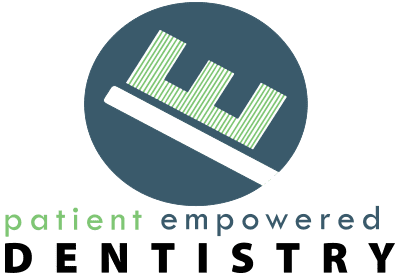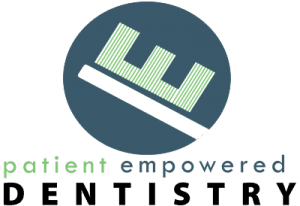The first thing you need to understand when it comes to tooth cracks and fractures is the anatomy of your teeth. Teeth are composed of several layers, including enamel (the outer layer), dentin (a softer, underlying layer), pulp (which contains nerves and blood vessels), and cementum (which covers the root). Each layer plays a vital role in protecting your teeth from damage.
Now that you know a little more about teeth anatomy, let’s delve into what cracked teeth are and how they can occur.

What is a Split Tooth?
Split teeth are cracked teeth with a crack running through the entire tooth, from the gum line to the chewing surface. They can range from tiny cracks in the outer enamel to severe cases involving vertical root fractures. Cracked tooth syndrome is a term used to describe various cracked tooth symptoms.
Types of Tooth Cracks
There are several types of cracked teeth, including:
Craze Lines
These are hairline cracks that affect only the outer enamel. They’re usually harmless and don’t require treatment. Craze lines are most common in the tooth enamel of older adults.
Fractured Cusp
This tooth fracture is when a part of the chewing surface of the tooth breaks, often around a filling. A fractured cusp may cause pain while chewing but doesn’t necessarily affect the pulp tissue. Most cracked teeth are the result of a fractured cusp.
Vertical Root Fracture
A vertical root fracture starts in the root of the broken tooth. The crack extends to the surface and typically happens under pressure from biting or grinding in adult teeth. This type of fracture can cause severe pain and damage to the pulp tissue of the natural tooth and often requires a root canal. Vertical root fractures often lead to tooth loss and may require dental implant treatment.
Split Tooth
This is a generalized term for vertical cracks when a crack begins at one end of the tooth and runs through the entire tooth, from the crown to the root.
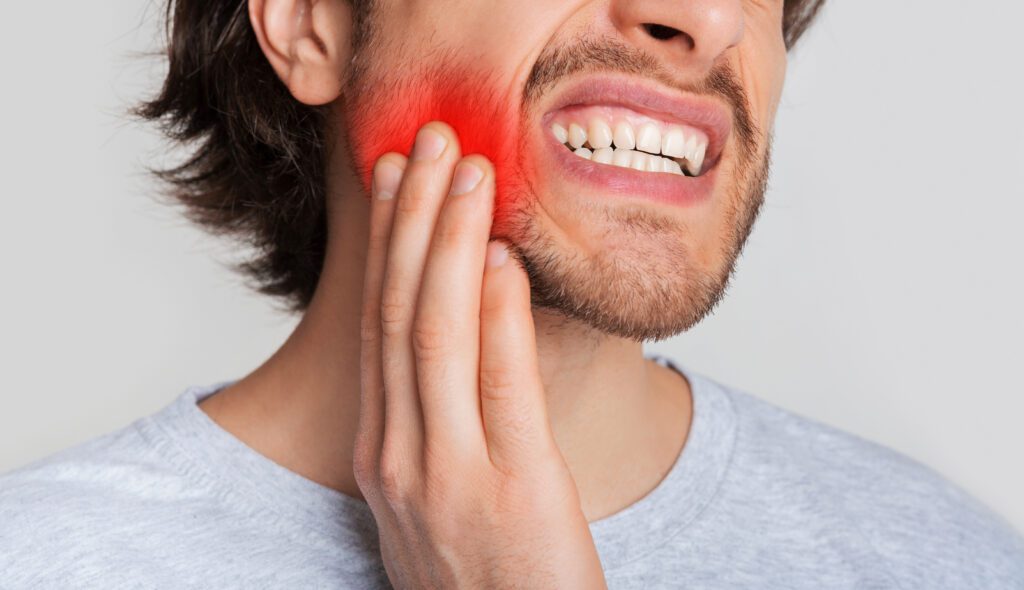
Symptoms of Cracked Teeth
The symptoms of a cracked tooth depends on each person and their teeth, but some common signs of a broken tooth include:
- Pain when chewing or biting pressure on the affected tooth
- Sensitivity to hot, cold, or sweet foods
- Swollen gums around the dental injuries
- Difficulty locating the source of the pain

Causes and Prevention
Teeth crack for various reasons, such as chewing hard foods, grinding your teeth at night, or even biting down on a piece of bone. To prevent cracked teeth, consider the following tips:
- Avoid biting hard foods like ice, nuts, or hard candy
- Wear a mouthguard if you grind your teeth at night
- Visit your dentist regularly for check-ups and early diagnosis of potential issues

Diagnosis and Treatment
Your dentist will examine your dental history and use tools like a dental explorer or dental dye to identify a cracked tooth. They may also take X-rays to assess the surrounding bone and determine the extent of the damage.
Treatment depends on the type of crack in the cracked tooth and its severity. Some possible treatments include:
Cosmetic Contouring
Your dentist may smooth out the tooth’s surface using a plastic resin for minor craze lines.
Dental Filling
A dental filling can restore the tooth’s shape and function if your cracked tooth is a chip.
Dental Crown
A dental crown can protect and strengthen a chipped tooth or a cracked tooth that hasn’t reached the gum line. It’s important to have dental emergencies like a cracked tooth looked at as soon as possible to prevent further damage.
Root Canal Treatment
If the crack extends through the biting surface into the pulp, your dentist may advise that a root canal is necessary to remove the damaged pulp and relieve symptoms.
Tooth Extraction
In severe cases, such as split teeth or vertical root fractures, your dentist may advise that a tooth extraction is the only option. Your dentist will discuss cosmetic dentistry alternatives like a dental implant or bridges to replace the extracted tooth. Prompt treatment at your dentist’s office is essential to consolidate the damage to one tooth.
When to See a Dentist
If you suspect you have a cracked tooth, visiting your dentist as soon as possible is best. Early diagnosis and treatment are crucial to preventing further damage and preserving natural teeth.
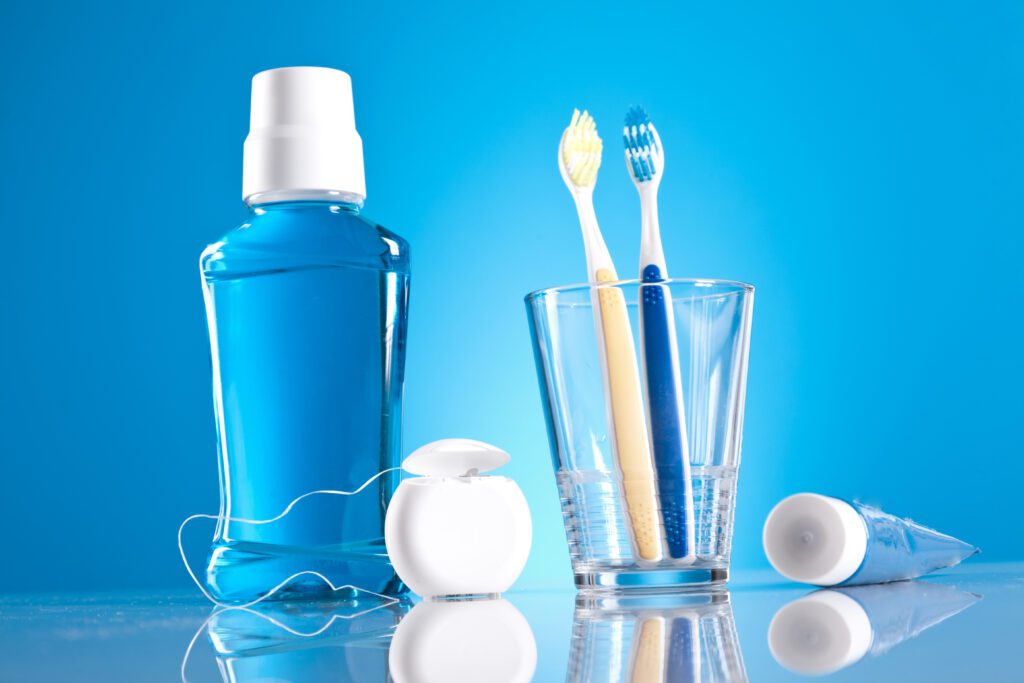
Home Care and Recovery
While you wait for your dental appointment or after receiving treatment, there are some steps you can take at home to care for your cracked tooth:
Follow Your Treatment Plan
If you’ve recently visited your dentist for a cracked tooth and you’ve been given a treatment plan with specific instructions, it’s essential to follow those instructions closely.
Practice Good Oral Hygiene
Brush your teeth twice daily and floss daily to remove food particles and bacteria from the affected area and prevent tooth decay.
Use a Cold Compress
Applying a cold compress can help reduce pain and swelling. Wrap the ice pack in a cloth before applying it to your tooth.
Rinse with Warm Salt Water
A saltwater rinse can help alleviate pain and reduce inflammation around the damaged tooth.
Avoid Hard Foods
To prevent further damage to a cracked tooth, stick to soft foods and avoid chewing on the side of your mouth with the cracked tooth.
Take Over-the-Counter Pain Relievers
If you’re experiencing pain, consider taking ibuprofen or acetaminophen to help alleviate discomfort. Remember to follow the recommended dosages and consult your dentist if the pain persists.
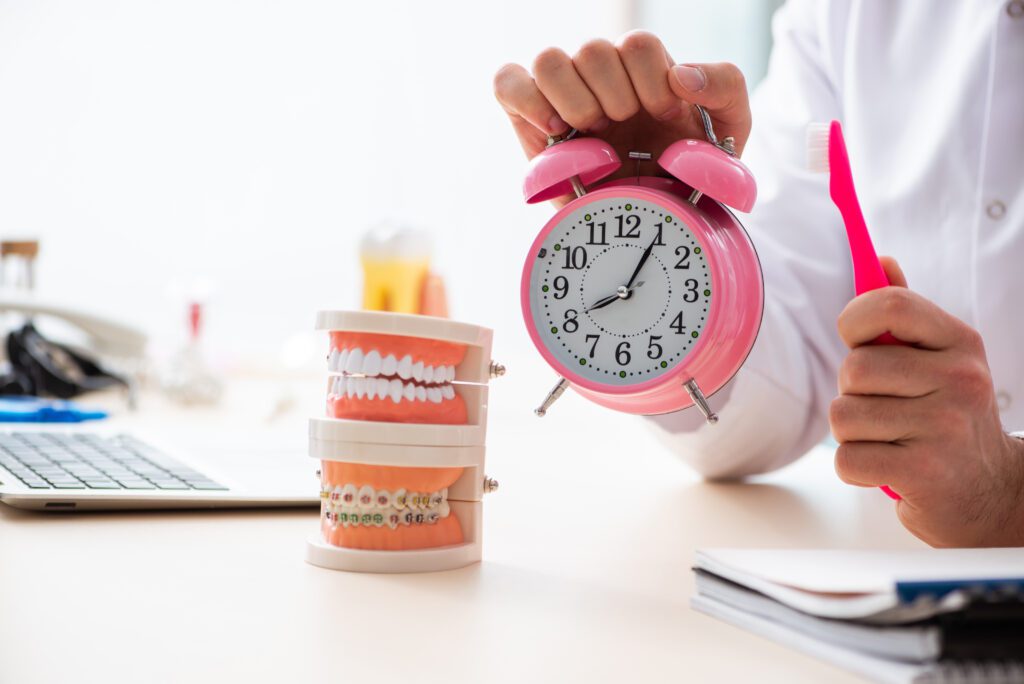
The Importance of Early Treatment of a Cracked Tooth
Treatment is crucial in addressing cracked teeth. The sooner you see your dentist, the higher the chances of saving your natural tooth and preventing complications such as infection, bone loss, or even tooth loss. Additionally, early intervention can help minimize the need for more extensive and costly dental procedures in the future.
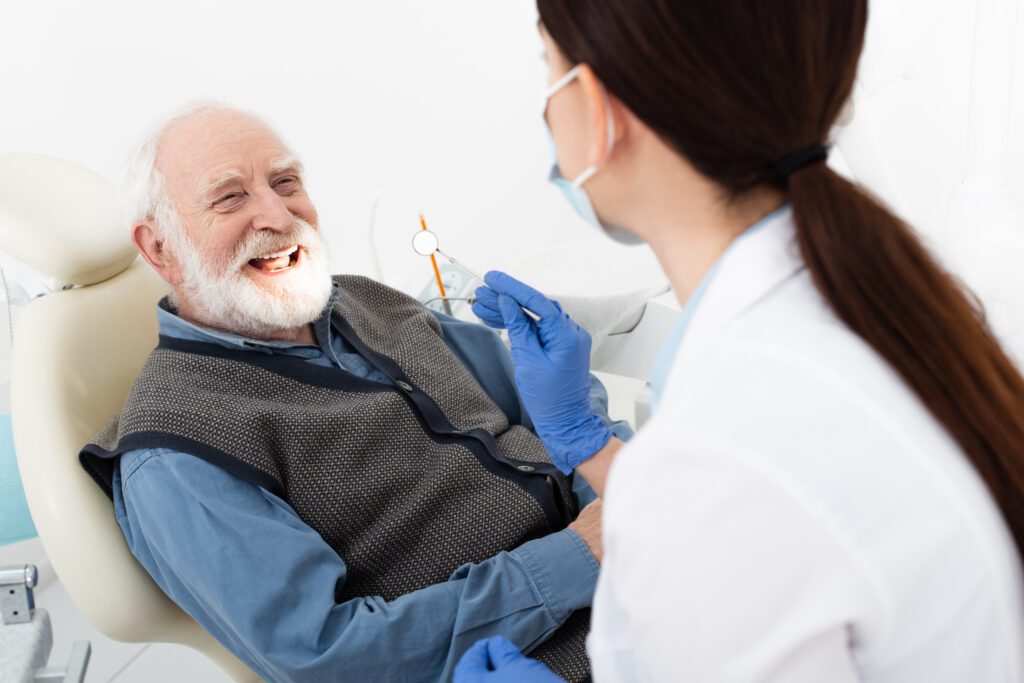
Maintaining Your Oral Health
To keep your teeth healthy and prevent future dental issues, follow these tips:
Regular Dental Check-Ups
Schedule appointments with your dentist at least once a year for professional cleanings and oral examinations.
Eat a Balanced Diet
Consuming a diet rich in fruits, vegetables, and calcium can help strengthen your teeth and support overall oral health.
Stay Hydrated
Drinking water throughout the day helps wash away food particles and bacteria, reducing the risk of tooth decay and gum disease.
Quit Smoking
Smoking can weaken your teeth and make them more susceptible to cracks and other dental problems.
In conclusion, understanding the different types of cracks, their symptoms, and the importance of early treatment can help you better care for your oral health. Remember, a healthy smile is not only about aesthetics but also about maintaining your overall well-being. So, don’t hesitate to visit your dentist if you suspect you have a cracked tooth or other dental concerns. Your teeth will thank you!
If you have a cracked tooth in Metro Detroit, Patient Empowered Dentistry is here to help! Contact us today for an appointment.
We look forward to helping you maintain a healthy and beautiful smile!
